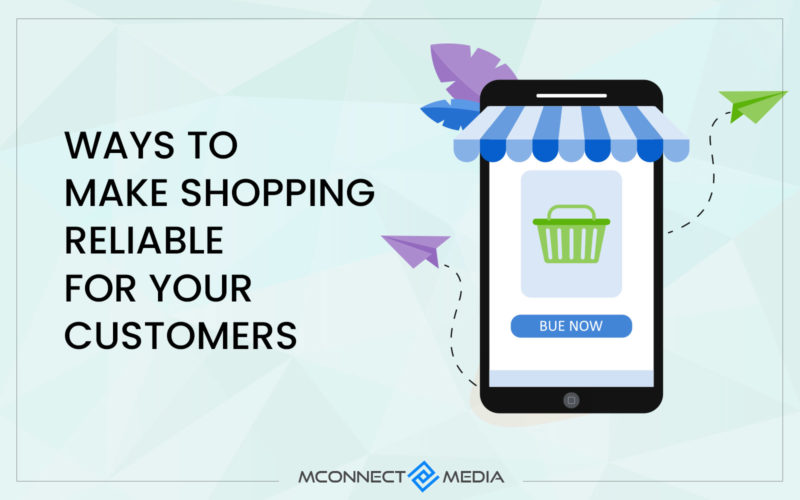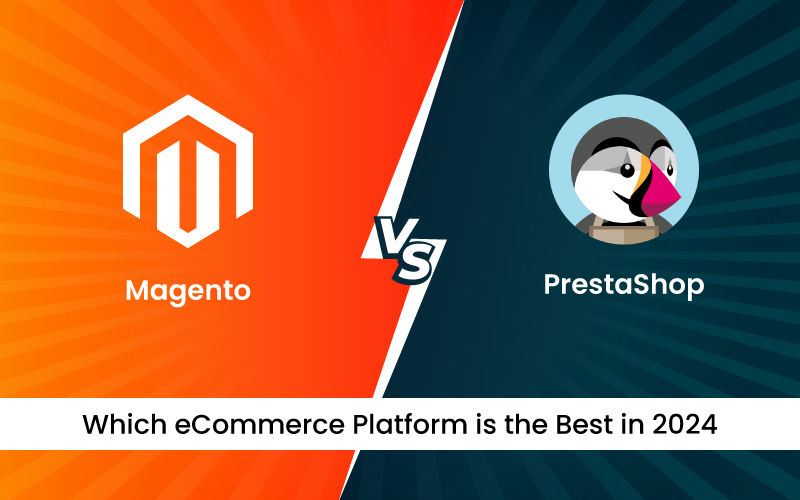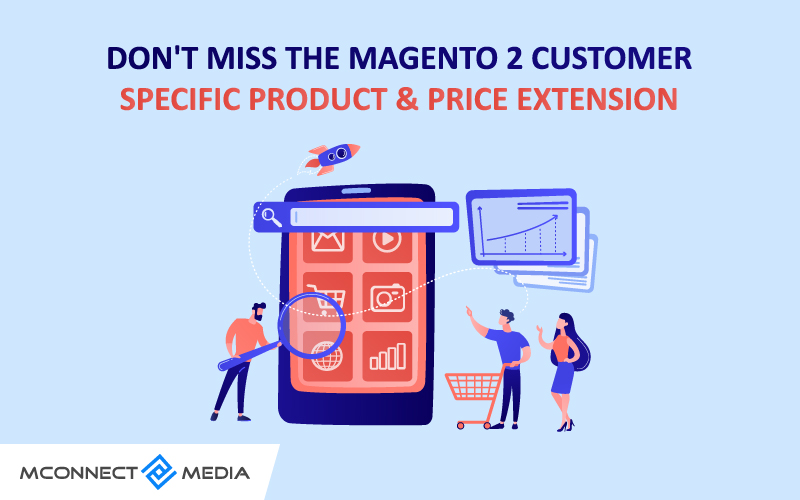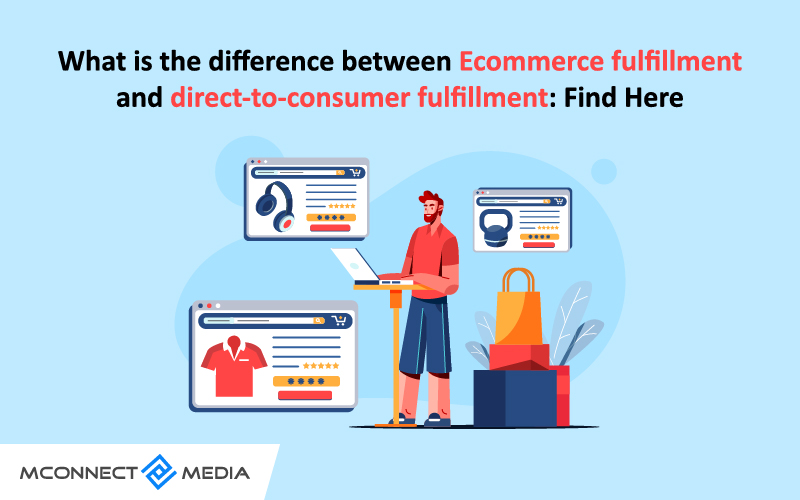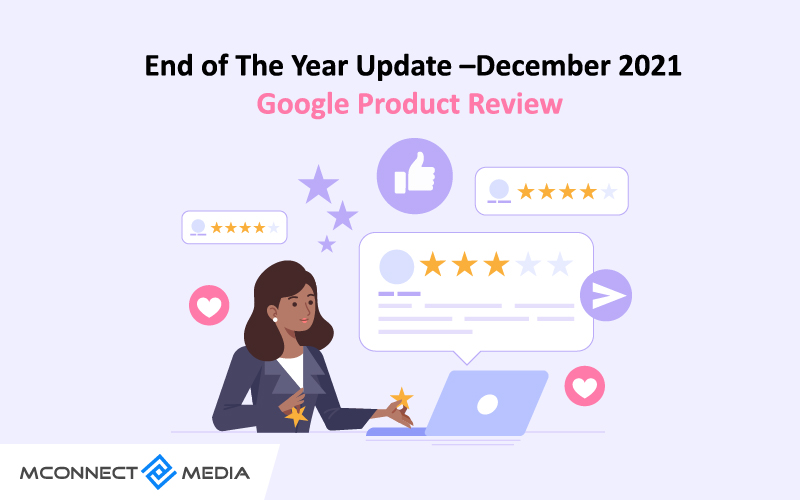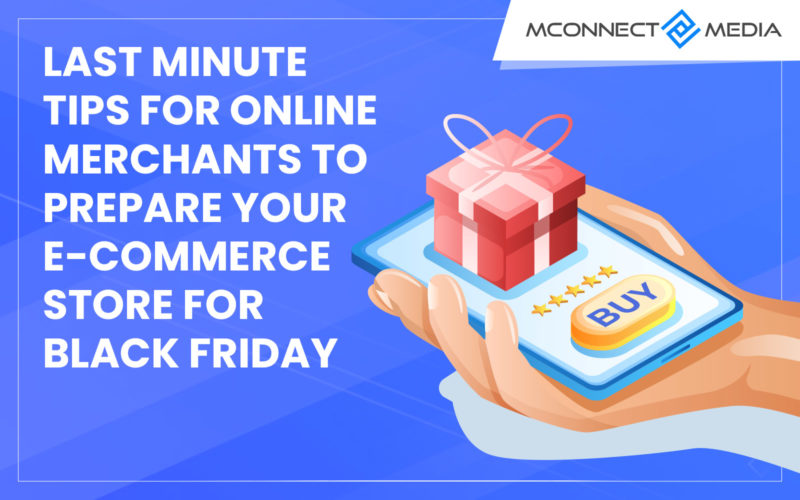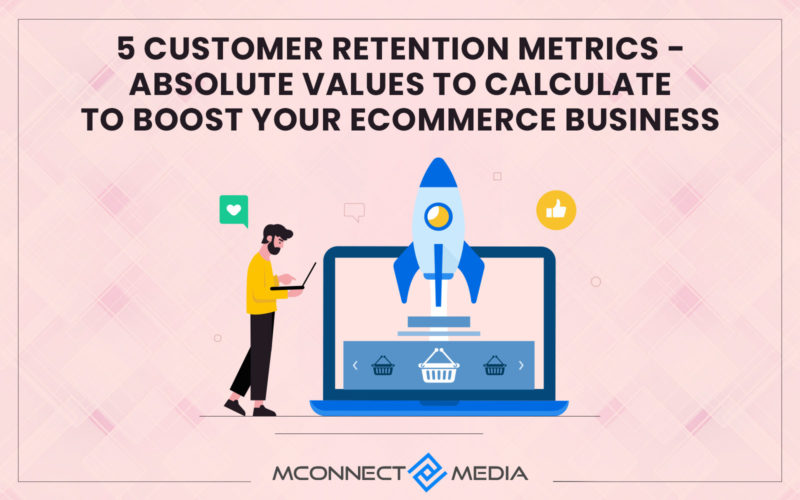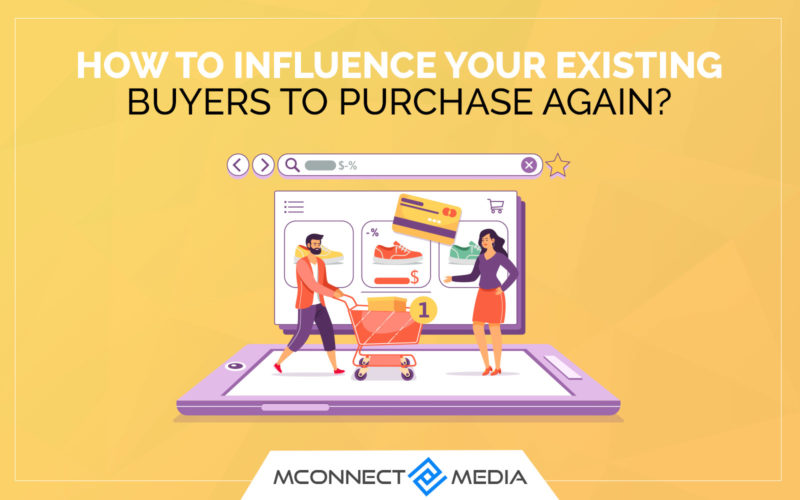In eCommerce, almost nothing is better than a customer who has decided to buy from you, while nothing is worse than someone abandoning a cart mid-purchase because you’ve upset them. When you’ve done the work to get a shopper ready, it’s time to make their purchase journey as smooth and effective as possible.
We’ll look at five principles that can help you simplify the process and remove roadblocks that interrupt sales and lead to abandoned carts. These best practices are designed to address immediate concerns and to get you thinking about the big picture behind the buyer’s journey and why it all needs to be much more reliable.
-
Simplify purchase buttons:
Reliability is often about removing confusion and mitigating fears and concerns. Start on your sales pages with the purchase buttons. Eliminate as many options as possible and clean up the text so your shoppers know that they’re adding a product to their cart. Streamlining this makes it easier for them to shop and go.
Mastering this requires a few different steps in the display as well as website functionality:
- Make sure carts follow people and update automatically.
- Stick with a max of two options, covering buying something now and saving it for later.
- Reduce dropdowns and number selections if your goods aren’t normally bought in multiples.
- Grey out selections when something isn’t available (unless you do backorders).
- Add a cart button to your navigation options so users can always immediately click to see their cart but have this display as an overlay on the page instead of taking them off of your sales page.
Continue to look for simplifying the process as you go through the entire purchase process. On your “checkout” page, the user doesn’t need a large visual for saving a cart for later, but they do need to see all of the payment methods you support, for example. As someone moves through the process, keep buttons in the same location, so the customers get used to looking at one spot to see their cart, proceed to checkout, and finalize the purchase.
-
Emphasize your products:
Cart and checkout pages should remind customers what they have in their cart and are excited to buy. Use the core image from each product’s sales page. Make containers large enough for each item to be seen on mobile and PC browsers or apps. List quantities in large font so your customer understands what they’re getting at a glance.
Simplifying the process here to make it more reliable means getting rid of extra visual clutter and highlighting a few important things. These are the products in the cart, the price, and the button they need to click to take the next step.
If you’re offering a coupon or discount across your site, place it on the checkout pages where you ask people to list the coupon code. Avoid making your customers hunt. This again keeps them focused on the products they’re buying to help push them to make a purchase and can improve how they value your brand by making it easy to get the discounts they want.
-
Slim down forms and offer guest checkout:
When someone is ready to buy from you, get out of their way. Unfortunately, many companies prioritize retention to the point where it harms that initial sale. You want to encourage one-time buyers, too, and speed up the overall process. If people like your goods and buying from you isn’t a hassle, you can win them back for that second purchase.
There are two chief strategies here and both involve the forms you require for purchase.
First, let’s tackle the checkout process. Allow visitors to use a guest checkout option. Not everyone wants to sign up for yet another service and you forcing the issue might mean you lose a sale. And the secret here is that this isn’t always that important. You’re going to ask them for an email address to send order confirmation details. You’ll still get the marketing information you need to learn about them and reach them again.
If you feel your need is great, then work to incorporate social and email/Google logins so that customers can provide details without needing to memorize yet another password.
Our second point is to cut out all of the excess information at the point of purchase. Do you really need to ask them their age or income? Is there a reason for this particular sale that you require gender or identity information? If there is no immediate need, get it out of your checkout process. Instead, allow people to fill out a full profile in their account later. You can even make this a smart marketing tool by sending an email telling someone to go fill out their birthday for a coupon on the big day.
At checkout, remove everything you can so that there are fewer frustrations and chances for your customers to leave. As an added bonus, this also can improve reliability for them. If someone is filling out just a few sections, they’re less likely to make a mistake or not catch when an autofill setting uses the wrong ZIP code.
-
Verify addresses and offer error notifications
Speaking of autofill issues, remember that mistakes happen. Help your customers avoid them and the headaches they cause with a few simple form adjustments. Using your eCommerce platform or related plugins to power form validation and error notification. Try to catch simple things like someone forgetting to add the last name, as well as more complex issues like the wrong ZIP code for the city mentioned.
Verify the shipping address to help your customers get their package with minimal disruptions. If you want to help and reduce steps, consider making the shipping address the same as the billing address by default. Customers can change as needed but often won’t have to adjust for a sale.
Error alerts are useful to your customers and your business. When you use tools that make alerts clear or navigate the user to the form field with an issue, you make it easy for them to continue to move through your sales process. You get the right data and can validate the purchase faster, while the customer gets the product they’re after.
Instituting this with clear returns and refund policy can also help protect your business from bad actors.
A good rule of thumb is to also provide direct support contact options on any checkout process page where you have a form. If something isn’t working right, the customer should have a quick click option to get help. Live chat tools are best here because they can pop up on the same page/windows, eliminating any need to navigate away during the sales process.
-
Track on your own end
An additional piece of advice for eCommerce brands is that sometimes making something work for your customers means removing them from the process. One of the best places to start is by tracking shipments and deliveries on your end. Most order management tools support tracking, and you can utilize them to automate deliveries.
Automate as much order and delivery information as possible. Start with an emailed version of your “thank you” page with confirmation numbers. Send tracking numbers as soon as they’re available and update people when an order ships.
This is a win-win for your business. First, you get a win because it’ll help you evaluate the carriers you use and make it easier to give business to those who are on-time more often. Customers generally put the blame for late deliveries on you, so better carrier selection can improve your sales.
For customers, tracking delays or concerns allows can provide better notification. As soon as you’re alerted to a potential issue, sending an email can mitigate their frustration or concern. It also reduces the number of steps they need to take to check the status of an order. You’re seen as proactive and helpful. In the event something major happens, such as the package being entirely lost, you can notify the customer and then take steps to remedy it however you normally do.
Tracking packages and comparing deliveries against returns and refunds will also help you determine if you’re making business mistakes. A series of damaged products that lead to refunds might highlight the need for improving your packaging or changing carriers. Delays can point to a need to scale your team and shipping strategy. Make your business more reliable for customers by giving them proactive support and ensuring you’re using the right carriers or logistics partners for your business.
-
Personalize where it makes sense
We’ll leave you with a final element to consider here and across your broader eCommerce presence: personalization. There’s a big push in current marketing to add as much personalization as you can throughout the sales journey and into cross-sell and up-sell opportunities. While it makes a lot of sense for those after-sale pitches, practice personalization in moderation for your first efforts.
We’ve all heard a consistent refrain of “don’t be creepy,” and most of your customers are going to have stories where a brand felt like they knew too much or asked for too much. Take a big-picture approach to avoid getting granular because it can also limit your sales chances.
Say you have a shopper browsing an ‘anniversary’ section and they’re looking at wooden items. This may mean they’re shopping for a fifth anniversary where the traditional gift is a wooden one (or silverware for ‘modern’ shoppers). Instead of pulling their name and saying, “John, I see you’re looking for gifts for your fifth anniversary. These might help,” try creating a list of popular gifts by year and sending the user to the parent page where they click on the anniversary number. There’s less risk if you get things wrong, and you can use their input to validate your customer understanding without tipping your hat.
Personalization at checkout is the same. Use what data you have but let the customer direct it. Have them click a button to store an address, so you can use it next time, for example. Be helpful, but don’t get in the way. It’s how you get them to come back a second time and used that saved information.


